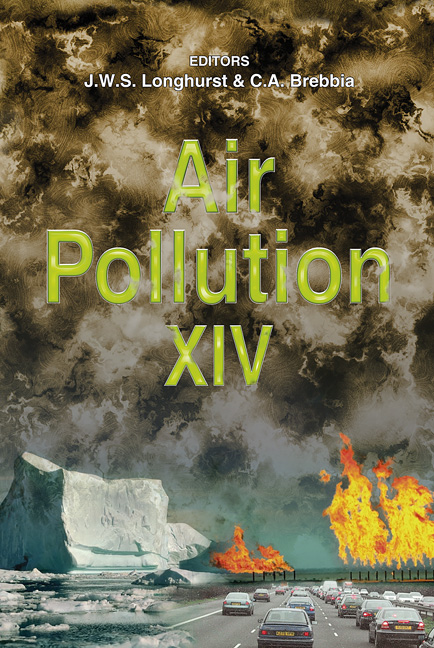Impact Of Residential Wood Combustion On Ambient Air Quality
Price
Free (open access)
Transaction
Volume
86
Pages
7
Published
2006
Size
257 kb
Paper DOI
10.2495/AIR060631
Copyright
WIT Press
Author(s)
A.-M. Carter, A. Germain, J. Rousseau, M. Bisson & C. Gagnon
Abstract
Wood heating provides 12% of the energy needs to heat Canadian homes and was identified as one of the main sources of air pollution in urban areas. A sampling station was established in order to evaluate the impact of wood heating on ambient air in a residential area of Montreal and the results were compared to those measured in downtown Montreal. In the residential area, fine particulates (PM2.5), polycyclic aromatic hydrocarbons (PAHs) and dioxin and furan (D/F) levels were respectively 10%, 85% and 68% higher than those measured in downtown Montreal during winter. Potassium (K) values were 40% greater in the PM2.5 samples collected in the residential area than those from downtown in winter. For volatile organic compounds (VOCs), no statistical differences were observed between the two locations in winter but the presence of certain VOCs at levels similar to those measured downtown is probably caused by wood combustion in the residential area. PM2.5, PAHs, D/F and K winter values can be up to five times greater than those from summer in the residential area while seasonal differences in downtown vary only by a factor of up to two. For VOCs, seasonal differences exist for many of the compounds measured. Between 1998 and 2002 the seasonal differences in pollutant concentrations vary more in the residential area than in downtown. This indicates that wood combustion contributes to the deterioration of ambient air quality. Keywords: home heating, wood combustion, PAHs, VOCs, dioxin/furan, residential area, downtown.
Keywords
home heating, wood combustion, PAHs, VOCs, dioxin/furan, residential area, downtown.





